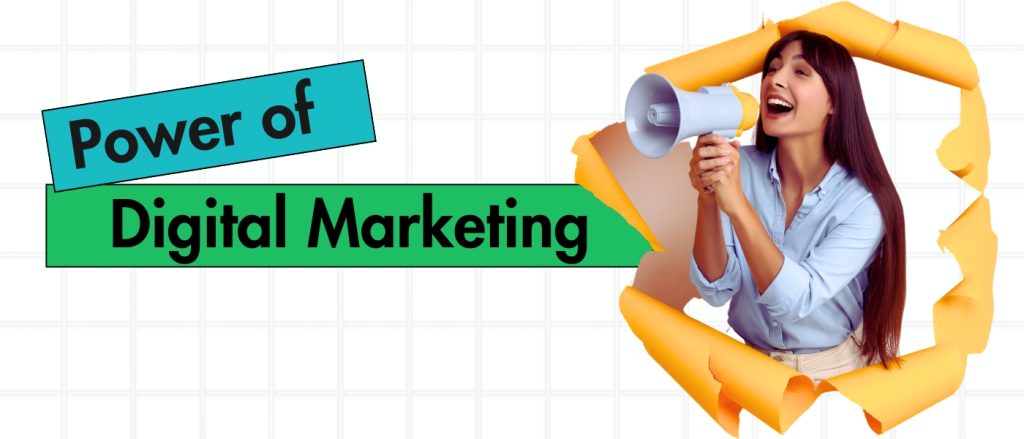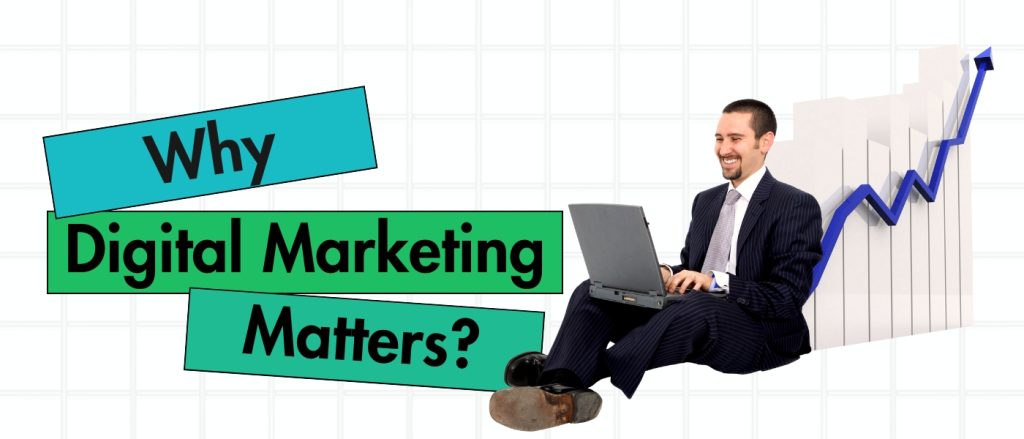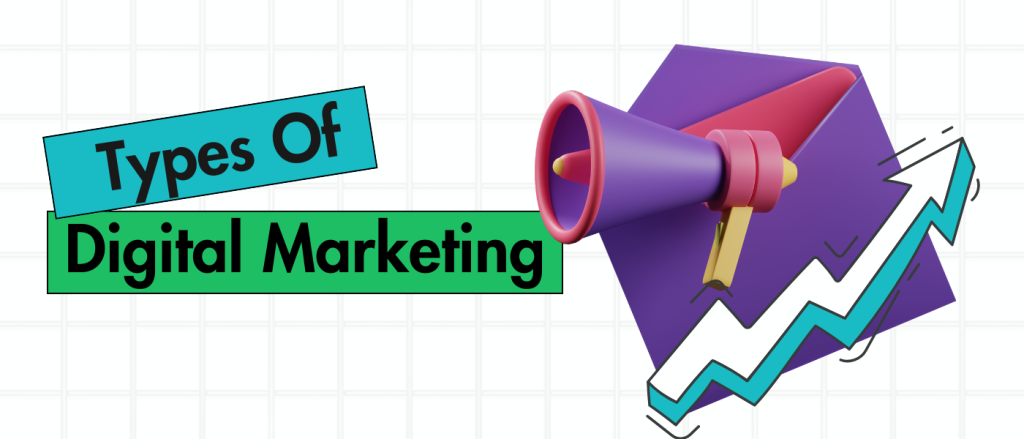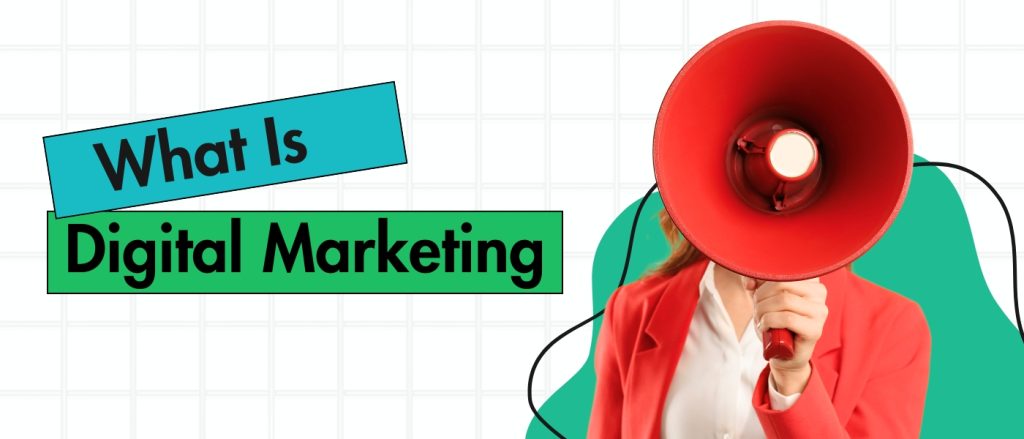Marketing Funnel
In today’s competitive business landscape, understanding and effectively utilizing marketing funnels is crucial for driving conversions and maximizing revenue. A marketing funnel represents the customer journey from awareness to purchase and beyond.
By visualizing this process, businesses can tailor their strategies to guide potential customers through each stage, ultimately increasing the likelihood of a sale. In this article, we’ll explore various types of marketing funnels, their unique characteristics, and how they can be leveraged to achieve marketing success.
Type of Marketing Funnel
Marketing funnels are essential tools for understanding how potential customers move through the buying process. By breaking down this journey into distinct stages, businesses can identify areas of improvement, optimize their marketing efforts, and enhance customer experiences. There are several types of marketing funnels, each designed to cater to specific business goals and customer behaviors.
In this comprehensive guide, we’ll delve into the different types of marketing funnels, their applications, and best practices for implementation.
The Traditional Marketing Funnel
The traditional marketing funnel is a conceptual model that illustrates the journey a customer takes from becoming aware of a product or service to making a purchase. This funnel-shaped diagram narrows down from the top, where a broad audience is targeted, to the bottom, where only the most interested and qualified leads convert into customers. Each stage of the funnel represents a different phase of the customer journey, with specific strategies tailored to guide potential buyers towards the final purchase decision.
Awareness Stage
The traditional marketing funnel, often visualized as an inverted pyramid, starts with the awareness stage. This is where potential customers first become aware of your brand, product, or service. The goal here is to attract as many prospects as possible through various marketing channels such as social media, content marketing, SEO, and paid advertising.
Interest Stage
Once potential customers are aware of your brand, the next stage is to pique their interest. At this point, it’s crucial to provide valuable and relevant information that addresses their needs and pain points. Content marketing plays a significant role in this stage, offering blog posts, eBooks, webinars, and other resources to keep prospects engaged and interested.
Consideration Stage
In the consideration stage, potential customers are evaluating their options. They compare your offerings with competitors and seek more detailed information to make an informed decision. Providing in-depth product descriptions, case studies, testimonials, and comparison guides can help sway their decision in your favor.
Intent Stage
When prospects reach the intent stage, they are close to making a purchase decision. This is the time to offer special incentives, such as discounts, free trials, or limited-time offers, to encourage them to take the final step. Remarketing campaigns and personalized email marketing can be highly effective at this stage.
Purchase Stage
The purchase stage is where the prospect becomes a customer by completing the transaction. Ensuring a smooth and seamless checkout process is essential to prevent cart abandonment. Post-purchase communication, such as order confirmation emails and follow-ups, can enhance the customer experience and set the stage for future interactions.
Loyalty and Advocacy Stage
The traditional marketing funnel doesn’t end with the purchase. The loyalty and advocacy stage focuses on retaining customers and turning them into brand advocates. Providing exceptional customer service, loyalty programs, and encouraging user-generated content can foster long-term relationships and generate positive word-of-mouth.
The Inverted Funnel
The inverted funnel flips the conventional marketing funnel on its head. Instead of casting a wide net and narrowing down to conversions, the inverted funnel starts with the most valuable customers and works to identify how to attract and convert similar prospects. This approach is especially useful for businesses with niche markets, high-ticket items, or long sales cycles. By focusing on high-value customers from the outset, companies can tailor their marketing strategies more effectively and achieve better results with a more targeted audience.
Top-Down Approach
Unlike the traditional funnel, the inverted funnel takes a top-down approach. It starts with identifying high-value customers and working backward to understand their journey. This approach is particularly useful for businesses with a narrow target audience and high-ticket items.
Customer Profiling
In the inverted funnel, customer profiling is crucial. By analyzing the characteristics and behaviors of high-value customers, businesses can create detailed buyer personas. These personas help in tailoring marketing efforts to attract similar prospects who are more likely to convert.
Tailored Marketing Strategies
With a clear understanding of the ideal customer profile, businesses can implement highly targeted marketing strategies. Personalized content, account-based marketing, and direct outreach are common tactics used in the inverted funnel to attract and convert high-value prospects.
The Hourglass Funnel
The hourglass funnel represents an evolution of the traditional marketing funnel, addressing not only the stages leading up to a purchase but also what happens after the sale. This comprehensive model emphasizes the importance of customer retention and advocacy, recognizing that the customer journey extends beyond the initial transaction.
By visualizing the funnel as an hourglass, with a narrowing top for the pre-purchase stages and an expanding bottom for post-purchase stages, businesses can ensure they are not only attracting and converting customers but also retaining and nurturing them for long-term success.
Pre-Purchase Stages
The hourglass funnel expands on the traditional funnel by including stages after the initial purchase. The top part of the hourglass represents the pre-purchase stages, which are similar to those in the traditional funnel: awareness, interest, consideration, intent, and purchase.
Post-Purchase Stages
The bottom part of the hourglass focuses on post-purchase stages. These include:
Onboarding: Ensuring new customers have a positive start with your product or service through tutorials, welcome emails, and support resources.
Retention: Keeping customers engaged and satisfied through regular updates, loyalty programs, and excellent customer service.
Expansion: Encouraging customers to make additional purchases or upgrade their current subscriptions through cross-selling and upselling strategies.
Advocacy: Turning satisfied customers into brand advocates who promote your business through reviews, referrals, and social media.
The Looping Funnel
The concept of the looping funnel represents a dynamic and iterative approach to marketing, emphasizing continuous engagement and relationship building with customers. Unlike traditional linear models, the looping funnel recognizes that the customer journey is not always a straight path from awareness to purchase but often involves repeated interactions and touchpoints.
This approach is particularly relevant in today’s digital age, where customers have access to vast amounts of information and can engage with brands across multiple channels.
Continuous Engagement
The looping funnel emphasizes continuous engagement rather than a linear progression. It recognizes that the customer journey is not always straightforward and that customers may re-enter the funnel at various stages. This approach is particularly relevant in the digital age, where customers interact with brands across multiple touchpoints.
Re-Engagement Strategies
In the looping funnel, re-engagement strategies are critical. Businesses must continuously nurture leads and customers through email marketing, retargeting campaigns, and personalized content. By maintaining ongoing communication, brands can stay top-of-mind and encourage repeat purchases.
Customer Feedback Loop
A key component of the looping funnel is the customer feedback loop. Regularly collecting and analyzing customer feedback helps businesses understand their needs and preferences. This information can be used to refine marketing strategies, improve products, and enhance overall customer satisfaction.
The Micro-Moment Funnel
The micro-moment funnel focuses on capturing customers during critical “micro-moments” – instances when they turn to their devices to learn something, do something, discover something, or buy something. These moments are intent-driven and require businesses to provide immediate and relevant solutions.
Mobile Optimization
Given the nature of micro-moments, mobile optimization is paramount. Ensuring that your website, content, and ads are mobile-friendly is essential for capturing and converting customers in these brief, intent-rich moments.
Real-Time Engagement
Real-time engagement is another key aspect of the micro-moment funnel. Leveraging tools like chatbots, live chat, and instant messaging allows businesses to respond quickly to customer inquiries and provide instant assistance, enhancing the likelihood of conversion.
Conclusion
Marketing funnels are indispensable for guiding potential customers through their journey and maximizing conversion rates. Whether you opt for the traditional funnel, inverted funnel, hourglass funnel, looping funnel, or micro-moment funnel, understanding the unique characteristics and applications of each can help you craft effective marketing strategies. By continuously analyzing and optimizing your funnel, you can ensure a seamless customer experience and drive sustainable business growth.







